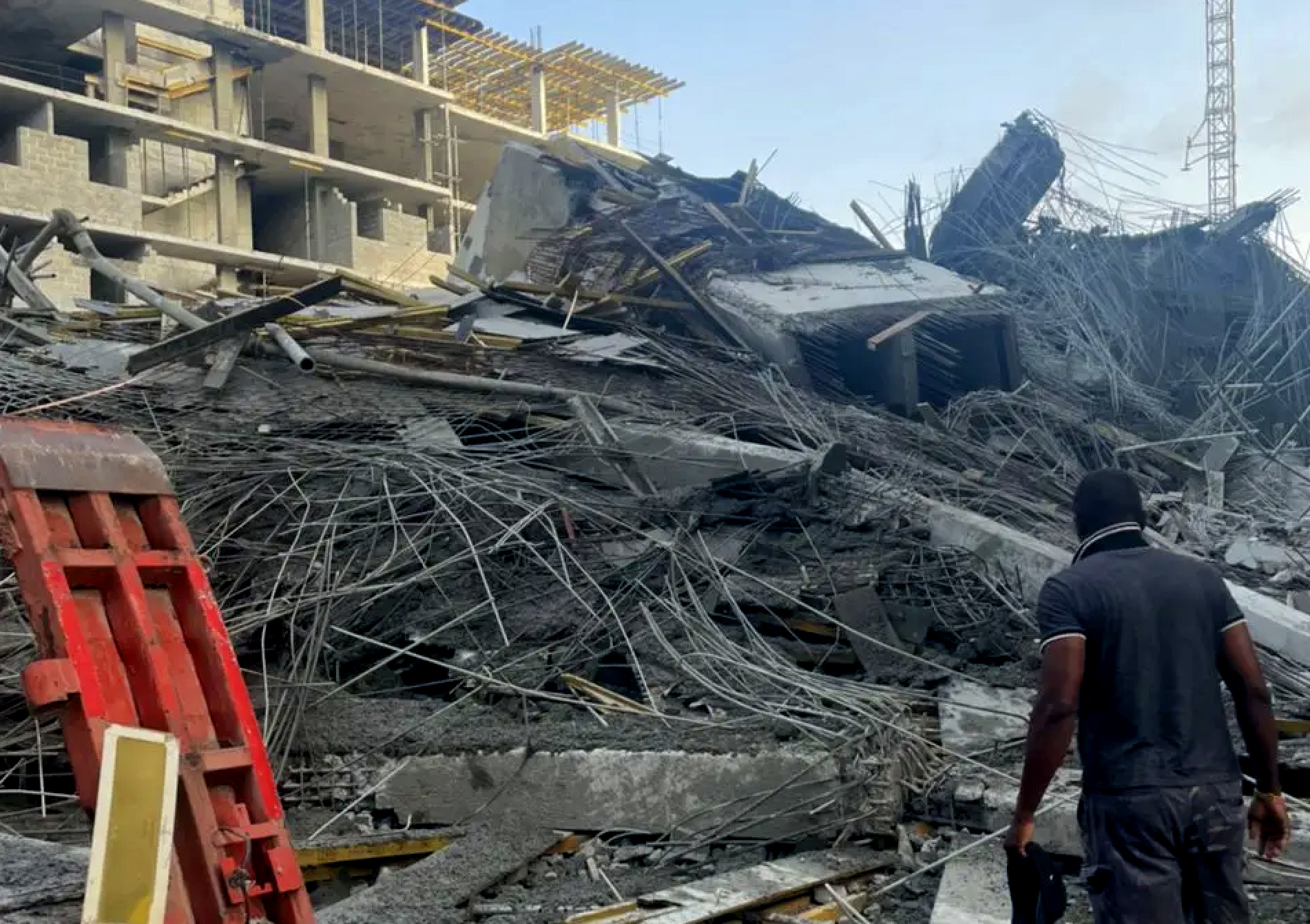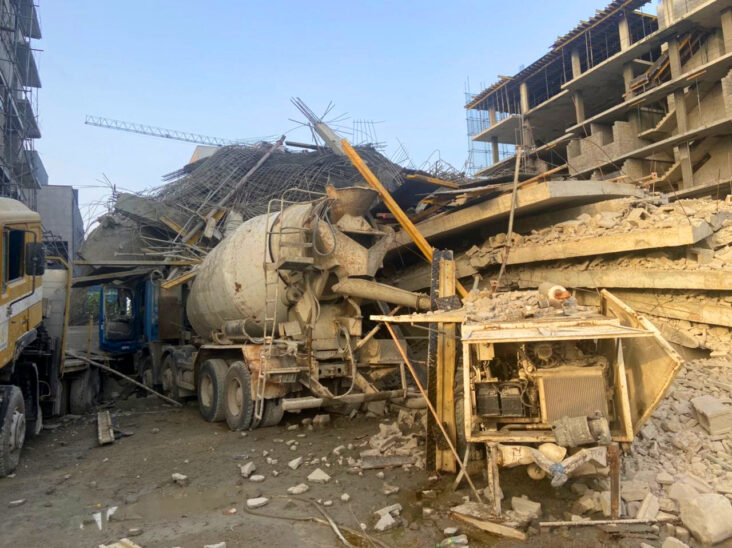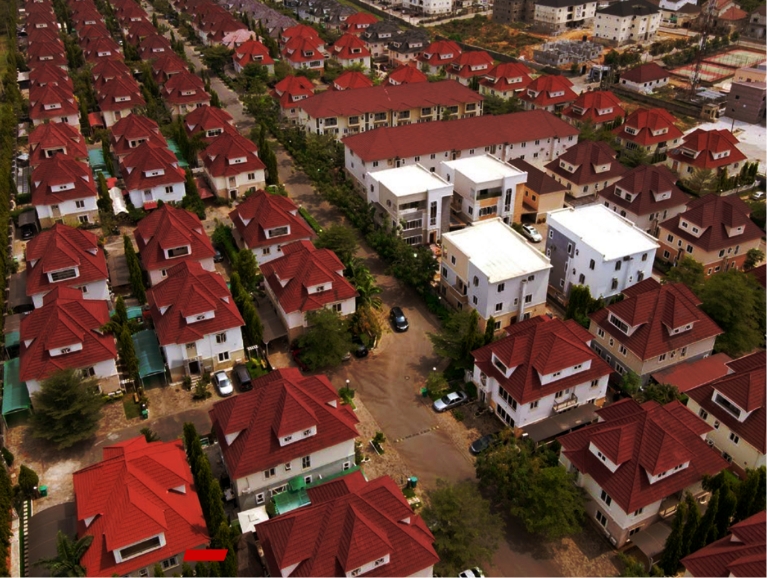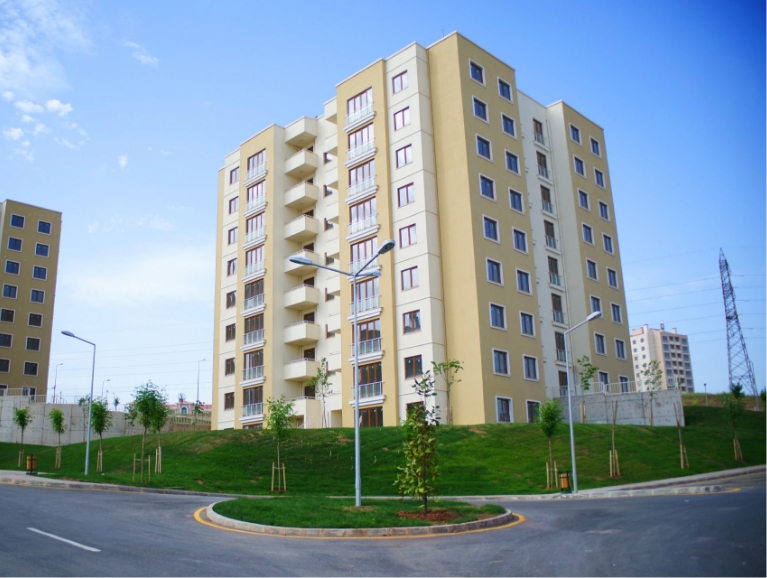Exposed: Nigeria’s Building Collapse Crisis – How to Identify Warning Signs and Take Action
Building collapse is a serious issue in Nigeria that has caused many tragedies over the years. According to a report by Brookings, Nigeria had the highest frequency and intensity of building collapse in Africa between 1974 and 2019, with over 221 buildings collapsing across different Nigerian cities . Lagos, being the economic capital of Nigeria, experienced 167 reported cases of building collapse between 2000 and 2021, with residential buildings accounting for 78.4 percent of the cases. The main reasons for building collapse in Nigeria are linked to human error and neglect, such as
- Poor supervision
- Use of substandard materials
- Disregard for standards and regulations
- Lack of qualified professionals
- Overloading
- Illegal conversion of existing structures
- Alterations of approved building permits
- Incorrect demolition procedures .

These factors compromise the structural integrity and safety of buildings and expose them to the risk of failure.
The recent collapse of a seven-story building in Banana Island once again highlights the need to restore public trust in building construction in Nigeria. The building collapsed on First Avenue, in the Banana Island area of Ikoyi, Lagos State, thankfully had seven people rescued from the rubble. The Deputy Director of Public Affairs, Physical Planning, and Urban Development, Mr. Mukaila Sanusi confirmed that the building was not approved. An investigation is currently underway to identify the root cause of the collapse.
To prevent building collapse and its devastating consequences, it is crucial to identify warning signs and take appropriate action. Some signs that indicate a building is at risk of collapse include
- Cracks on walls, floors, ceilings, or foundations
- Sagging or bulging of roofs, floors, or walls;
- Leaning or tilting of the building;
- Separation or movement of doors, windows, or joints;
- Water leakage or dampness;
- Termite damage; corrosion of steel reinforcements;
- And unusual noises or vibrations.
If any of these signs are noticed, the relevant authorities should be notified for inspection and remediation. Building owners and developers should also ensure they follow proper procedures and standards for the design, construction, maintenance, and renovation of buildings and engage only qualified and certified professionals for their projects. By doing so, they can reduce the risk of building collapse and protect lives and properties in Nigeria.
The building collapse crisis in Nigeria is a complex issue that requires urgent attention and action from all stakeholders. It is crucial to identify the root causes of building collapse and address them by implementing effective solutions. By increasing public awareness of the warning signs of potential building collapse, we can prevent disasters and save lives. Let us work together to ensure that building construction in Nigeria adheres to safety standards and that we have structures that we can all trust.




